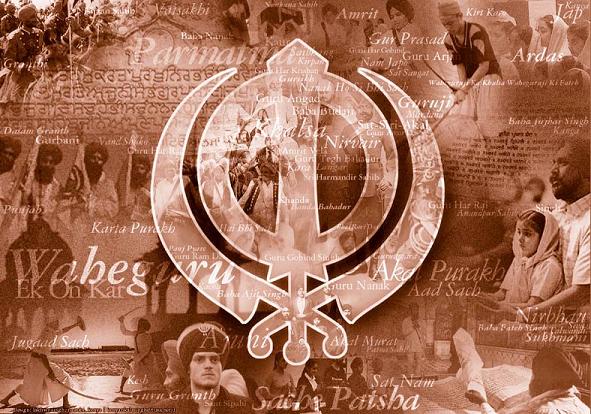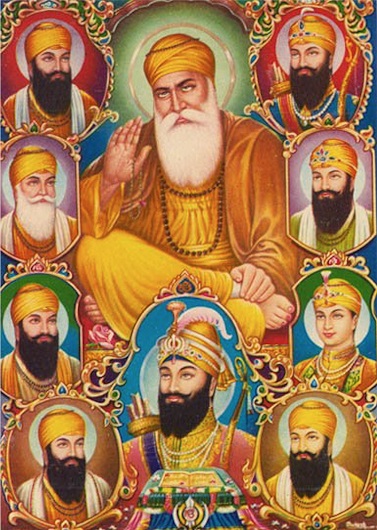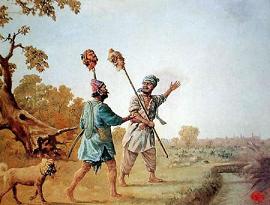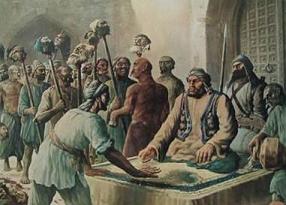Shaheed Ganj, Lahore
Guru Nanak Dev, the founder of Sikhism, preached the equality of humanity. He taught his disciples to "see" God in every human being. To put his philosophy into practice, he started the institutions of sangat and pangat where all people would sit together, pray together, and eat together without any kind of discrimination. All people, Hindus, Muslims, and so-called low castes loved the Guru as their own. To express the love of the people for Guru Nanak, a folk rhyme, Nanak Shah Fakir, Hindu Ka Guru, Musalman Ka Pir, became popular with the masses. By the time of Guru Amar Das, Sikhism became a mass movement.
The government started worrying lest the people get themselves organized under the guidance of the Guru and revolt against their rule of injustice. It was under this fear, that Guru Arjan Dev was arrested, tortured and murdered in 1606. From then on, state terrorism continued against the Sikhs even beyond the middle of the 18th century. The strength of the Khalsa and the faith of the people in the righteousness of the Sikhs, however, went on increasing as the terrorism against them was intensified by the government. Finally, the people did throw away the cruel rule and welcomed the Khalsa government lead by Maharaja Ranjit Singh over northwest India. The Sikhs, though, did not make even 10% of the population at that time.
This sakhi belongs to the period of Mir Mannu, Governor of Lahore (1748 -1753). During that period the looting, torturing and killing of Sikhs was made legal and the killers were rewarded by the government. The Punjab was attacked for the third time by Ahmed Shah Abdali, the ruler of Afghanistan, in December 1751. Mannu was defeated and the province of Punjab was taken over by the Afghans from the Delhi Emperor. Kaura Mal, a Minister of Mannu, but a friend of the Sikhs was killed in the battle. Thus, the only link between misldars (Sikh chiefs) and Mannu was lost. Nobody was left to hold Mannu from executing his evil ideas and ill motives against the Sikhs.
When Mannu was busy with Abdali, Sikhs consolidated their hold on the areas under their control. This irritated Mannu very much. Further, the frustration of his defeat at the hands of Abdali was converted into anger against the Sikhs. He sent army bands to hunt the Sikhs, catch them or kill them.



